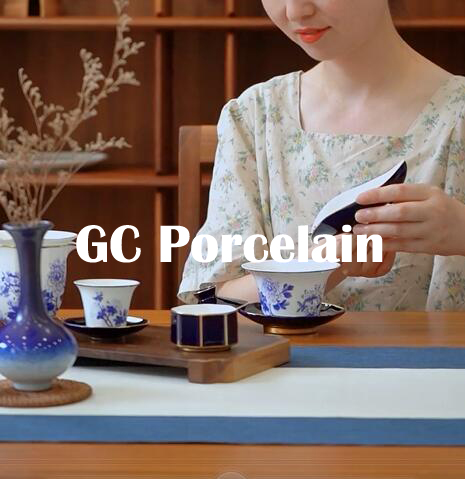Porcelain china, with its exquisite designs and delicate craftsmanship, often graces our homes with elegance. However, accidents happen, and over time, these precious pieces can suffer from cracks, chips, and breaks. Thankfully, the art of repairing porcelain china offers a way to breathe new life into damaged items, preserving their beauty and historical significance. In this article, we delve into the meticulous process of porcelain china restoration and its role in maintaining the allure of these cherished treasures.
Unveiling Porcelain's Fragility
Porcelain, known for its translucent appearance and fine texture, is a material of remarkable beauty. However, this beauty comes with fragility. Porcelain is vulnerable to the stresses of everyday use, as well as to temperature changes and impacts. A simple mishap can lead to cracks, chips, or even more severe damage. As such, the restoration of porcelain china becomes crucial in ensuring these pieces maintain their integrity and aesthetics.
Techniques of Restoration
Restoring porcelain china is a multi-faceted process that involves various techniques, each tailored to the specific type of damage. Some common restoration techniques include:
1. Adhesive Bonding: Skilled restorers use specialized adhesives to carefully bond broken porcelain pieces back together. The adhesive used is transparent and strong, ensuring that the repair remains discreet and durable.
2. Filling and Retouching: For pieces with missing parts or chips, restorers employ filling techniques using porcelain filler that matches the color and texture of the original piece. The filled area is then expertly retouched to blend seamlessly with the surrounding porcelain.
3. Kiln Firing: In some cases, the restoration process involves kiln firing, which ensures that the repaired piece retains its strength and durability. Kiln firing also helps in achieving the perfect color match for the restored area.
Expertise and Craftsmanship
The art of restoring porcelain china requires a high level of expertise and craftsmanship. Restorers must have a deep understanding of porcelain's characteristics, including its composition, firing process, and glazing techniques. Drawing parallels between restoration and the creation process, restorers approach each piece as a work of art, ensuring that the restored item preserves the essence of the original.
The Restoration Process
The restoration process is a meticulous journey that involves multiple steps to achieve seamless results. It begins with thorough cleaning to remove dirt, debris, and any previous repairs. Restorers then assess the extent of the damage and determine the appropriate restoration techniques. Color-matching is a critical step, where restorers use pigments and paints to recreate the original colors and patterns. The final touch-ups involve refining details and ensuring that the repair is virtually invisible.
Celebrating Renewed Beauty
Witnessing a damaged porcelain piece being restored to its original beauty is a deeply satisfying experience. The renewed allure of the restored item not only brings joy to its owner but also highlights the importance of skilled restoration in preserving the artistry and history of porcelain china.
Conclusion
The art of repairing porcelain china is a testament to human ingenuity and craftsmanship. Through meticulous techniques and careful attention to detail, damaged porcelain pieces can be transformed into exquisite treasures once more. Restoration not only revives the beauty of these items but also safeguards their historical and cultural significance for generations to come. As we celebrate the art of porcelain china restoration, we recognize its role in preserving the legacy of these delicate masterpieces.





Comments